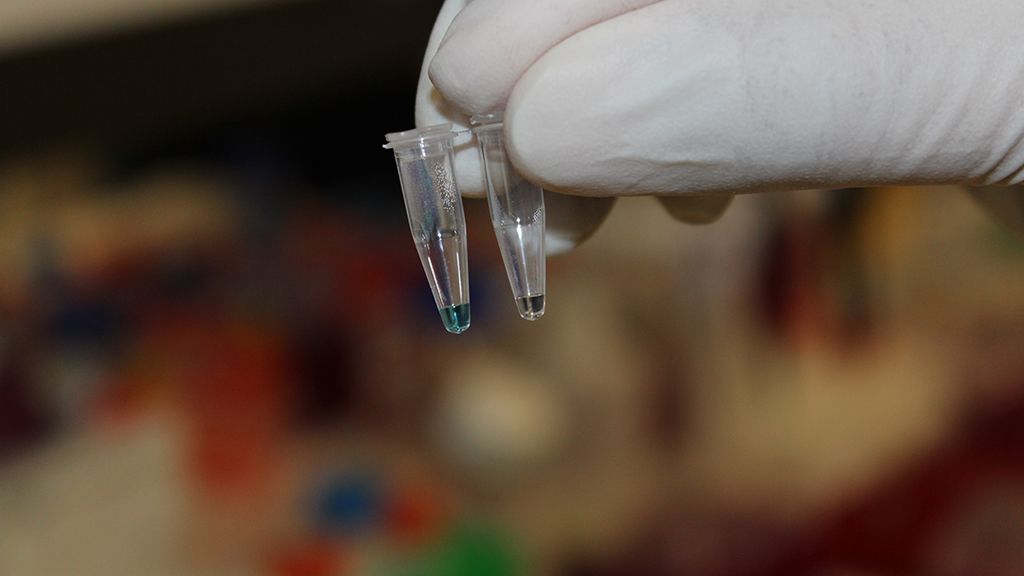
A group of Bangladeshi scientists at the University of Wollongong (UOW) and Griffith University in Australia has developed a new class of nanomaterials that can detect cancer earlier in a cheaper way.
The newly developed class of enzyme-like nanovehicles uses gold-loaded nanoporous iron oxide nanocubes for sensing body fluid. It can be used as an inexpensive, non-invasive diagnostic tool to detect cancer.
The system relies less on laboratory equipment and can deliver sensitive and specific results that can be easily and quickly interpreted. The scientists aim to develop a portable diagnostic device for less than Tk415 ($5).
Most current diagnostic methods use expensive biomaterials and rely on sophisticated equipments, limiting their use in developing countries and other resource-poor settings.
The four Bangladesh scientists are – Dr Shahriar Hossain and Mostafa Kamal Masud from the UOW, and Dr Muhammad JA Shiddiky and Md Nazmul Islam from Griffith University.
Shahriar led the researchers’ team of UOW, and Shiddiky led the Griffith University team.
The research team recently published papers in Nanoscale of Royal Society of Chemistry publication, Chemical Communications of Royal Society of Chemistry and Analytical Chemistry of American Chemical Society publication.
The team’s two-step diagnostic method uses the gold-loaded nanoporous iron oxide nanocubes for magnetically isolating the cancer biomarkers, proteins, DNA or RNA in serum and tissue samples collected from cancer patients.
Muhammad JA Shiddiky said that portable electrochemical and naked-eye colorimetric readouts were then used to detect whether the autoantibodies are present in the sample.
“Naked-eye observation can be used as first-pass screening test (yes/no answer) for the presence of cancer-autoantibody, and once we get the positive result, we can further confirm and quantify the level of autoantibodies present in the samples by UV-vis or disposable screen printed electrode-based electrochemical readouts,” Shiddiky added.
Apart from Shahriar and Mostafa, the UOW team included ARC Future Fellow Professor Yusuke Yamauchi, Shunsuke Tanaka from the Australian Institute for Innovative Materials (AIIM), and Professor Gursel Alici from the School of Mechanical, Materials, Mechatronics and Biomedical Engineering. “Early diagnosis of cancer leads to more effective and cheaper treatment and the majority of cancers can be treated successfully if they are detected at their earliest stages,” Shahriar Hossain said. “However, current cancer diagnostic methods are relatively expensive and most people in developing countries cannot afford them and do not have easy access to the equipment needed to perform them. “The test we have developed is cheap, simple and portable. It can be used for rapid screening of early cancer biomarker in areas where people can’t afford the high economic burden of other cancer diagnostic methods,” he added.
Mostafa, who is doing his PhD at AIIM and is also a Research Associate at Griffith University’s Queensland Micro and Nanotechnology Centre, played a crucial role in bringing the researchers from the two universities together.
Given that the diagnostic tool has potential applications around the world, the group is now looking for industry partners to collaborate on the project.
The research was supported by higher degree research scholarships from the AIIM and UOW’s Faculty of Engineering and Information Sciences.


